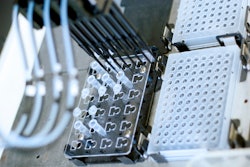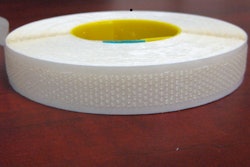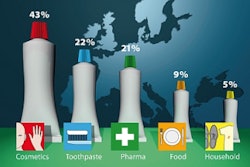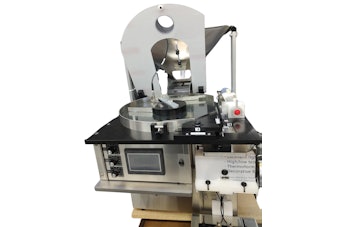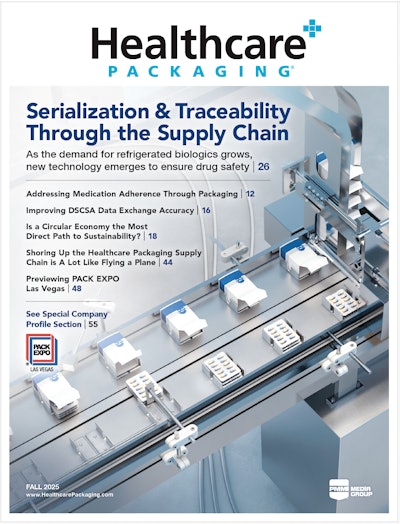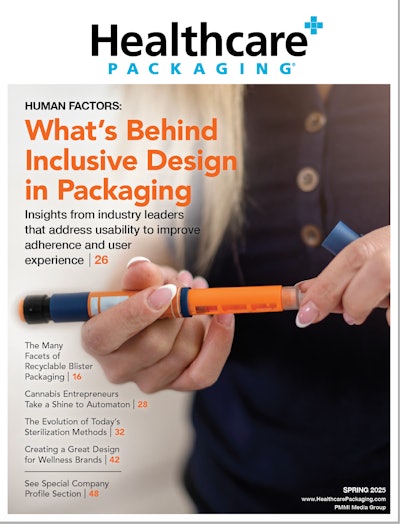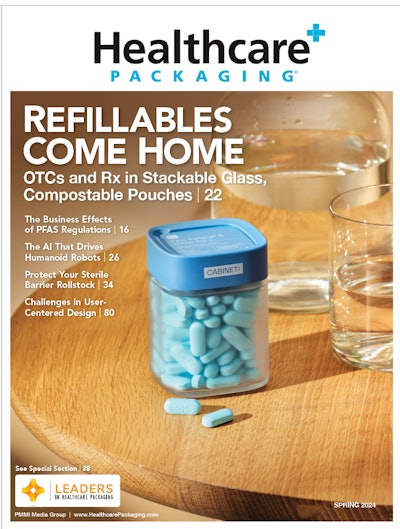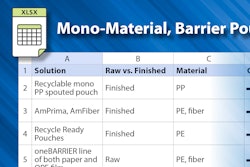
However, when approached from an “intelligent design” focus, their impact can be lessened.
Disposable, single-use drug delivery systems, used for everything from asthma to diabetes, (injection, inhalation, topical and intranasal) offer many benefits over refillable devices, including improved patient compliance.
However, these benefits are somewhat outweighed by the negative impact on the environment. So the question is, how can a designer mitigate some of the environmental factors?
Daniel Lintell and Robert Veasay of U.K. design firm, DCA Design, surprised the crowd at Pharmapack today, Feb. 1, 2010, by saying original material selection and intelligent design has a far greater impact on the environment than manufacturing, transportation, or usage and disposal.
Working with a U.K. sustainability expert, DCA Design has developed a tool, based on the Eco-Indicator methodology, that assigns points for various environmental factors. Life Cycle Analysis is too complex, they said, takes too long, and you often do not have all the information you need to perform a good LCA.
This tool helps a designer see quickly how various decisions about the manufacturing, packaging, transportation, use and disposal impact the sustainability of a device.
By far, strength-to-weight intelligent design has a greater impact than any other factor. This does not make the disposable device “better” than the refillable, but the disposable device holds so many other benefits to the patient, a “greener” device design can help tip the scales.
So designers of disposable medical devices/drug delivery products need to look at material selection, as well as engineering concepts that reduce the weight of the materials or the number of parts in an assembly, while still offering good performance.
- By Jim Chrzan, Publisher
Disposable, single-use drug delivery systems, used for everything from asthma to diabetes, (injection, inhalation, topical and intranasal) offer many benefits over refillable devices, including improved patient compliance.
However, these benefits are somewhat outweighed by the negative impact on the environment. So the question is, how can a designer mitigate some of the environmental factors?
Daniel Lintell and Robert Veasay of U.K. design firm, DCA Design, surprised the crowd at Pharmapack today, Feb. 1, 2010, by saying original material selection and intelligent design has a far greater impact on the environment than manufacturing, transportation, or usage and disposal.
Working with a U.K. sustainability expert, DCA Design has developed a tool, based on the Eco-Indicator methodology, that assigns points for various environmental factors. Life Cycle Analysis is too complex, they said, takes too long, and you often do not have all the information you need to perform a good LCA.
This tool helps a designer see quickly how various decisions about the manufacturing, packaging, transportation, use and disposal impact the sustainability of a device.
By far, strength-to-weight intelligent design has a greater impact than any other factor. This does not make the disposable device “better” than the refillable, but the disposable device holds so many other benefits to the patient, a “greener” device design can help tip the scales.
So designers of disposable medical devices/drug delivery products need to look at material selection, as well as engineering concepts that reduce the weight of the materials or the number of parts in an assembly, while still offering good performance.
- By Jim Chrzan, Publisher



